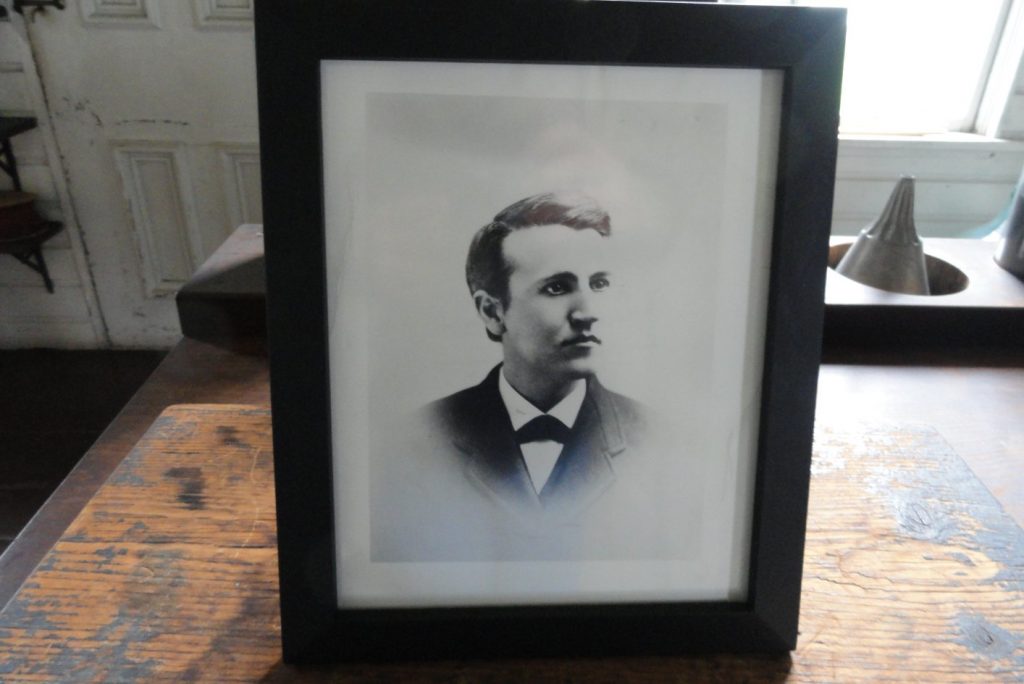
Thomas Edison invented lots of things, but his most important invention was the invention of invention. He originated the concept of the research lab, where lots of experts came up with ideas and then made ideas into reality for the purpose of making an end product.

Before that time, people who came up with ideas just tried to make them or maybe get somebody else to do it. Inventors might try to peddle an idea. But never before did idea generation and implementation have this kind of scientific aspect.
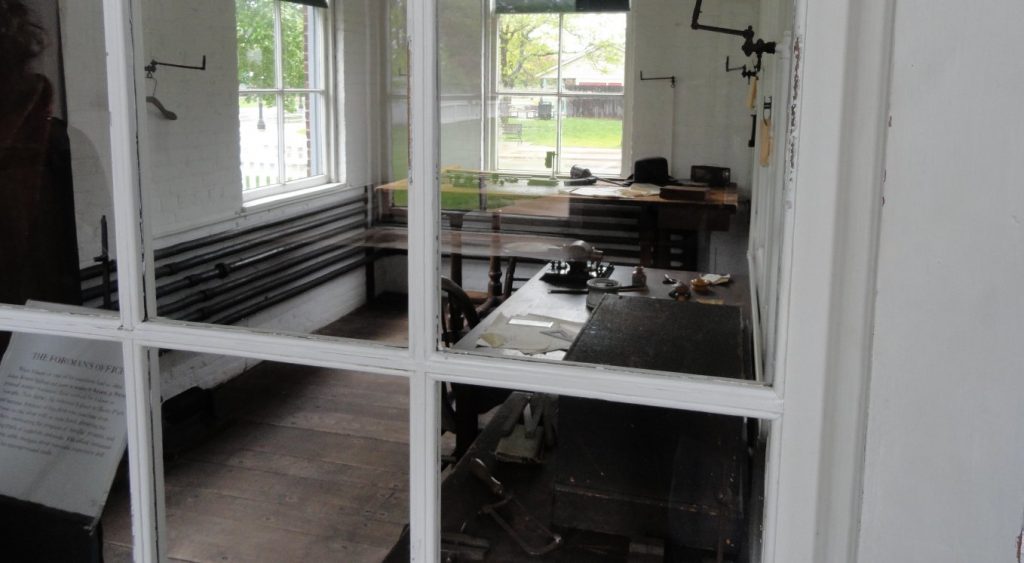
The light bulb was Edison’s most famous invention. He did not originate the idea or most of the concepts that went into it. What he and his team did was to make a light bulb that worked. The two important parts of the last statement are “and his team” and “that worked”.
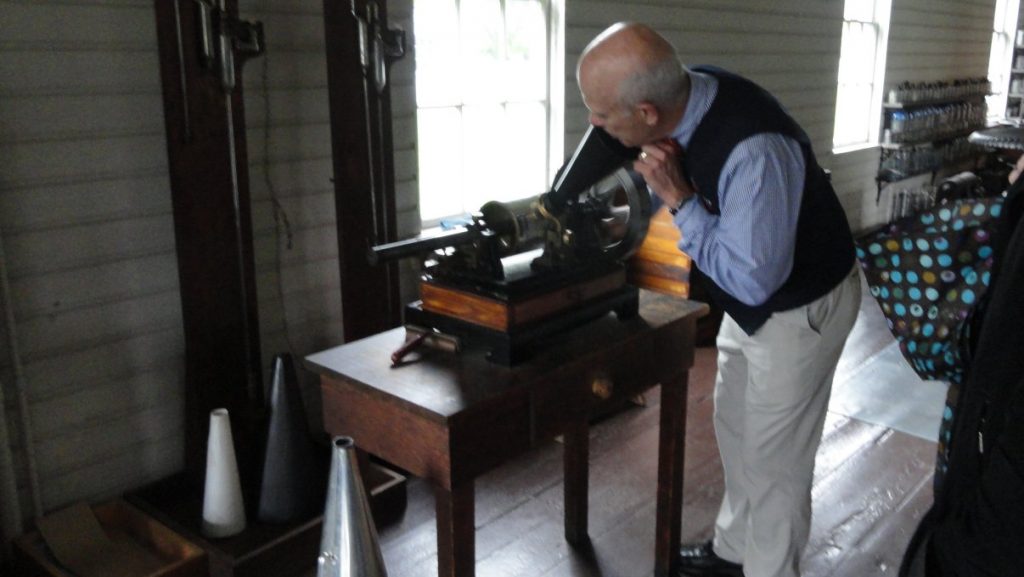
Ideas are easy; making them work is hard. We often underestimate accomplishments of others because it is an idea that we think we had a long time ago. Anybody could have done that, we think. But it is not true. Working through the idea is the hard part. The other part is that great things are usually accomplished by more than one person. Single individuals almost never have the complete competence to get things done. On the other hand, leadership is important. Edison was obviously a genius, who made others productive and contributed greatly himself.
So we have another paradox. We should honor the accomplishments of great individuals. There ARE indispensable people. On the other hand, nobody can do it alone. Many things are just “ready to happen” and the person doing it is just the natural following.
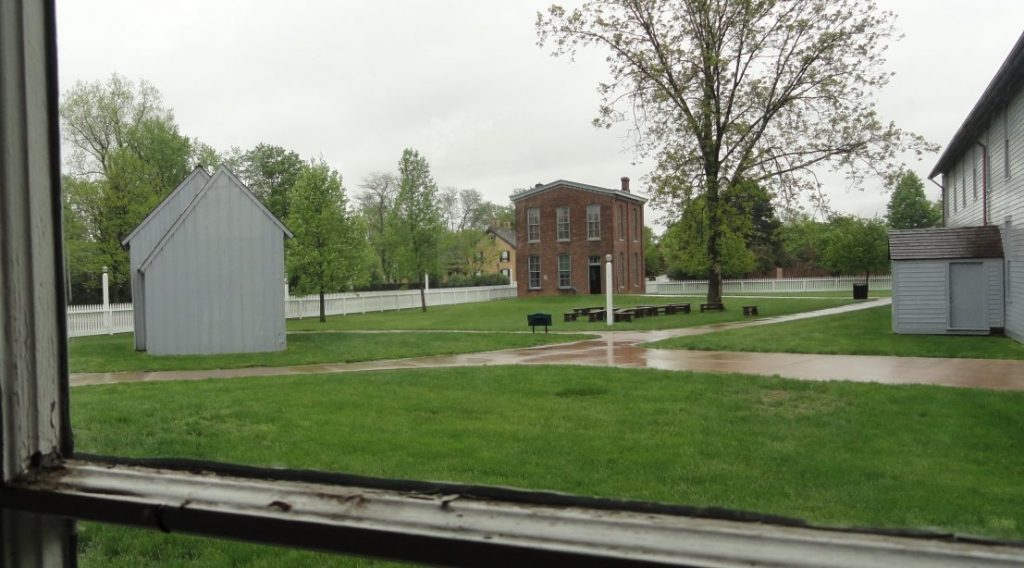
It is EER season and so many people are thinking of promotions and accomplishments. I think the thing that helps explain the paradox is that there are many more people who COULD do great things than there are those who actually accomplish great things. And all accomplishments are done in some sort of social context, even if they are influenced by people who they have never met. The genius who cannot work with others is usually just nuts. They also need to come at the right time and place. If recent geniuses like Mark Zukerburg or Bill Gates had shown up on the scene a few years earlier or later, they would just be run of the mill nerds. Who knows if Edison, with his mechanical skills, would have done well in the electronic age?
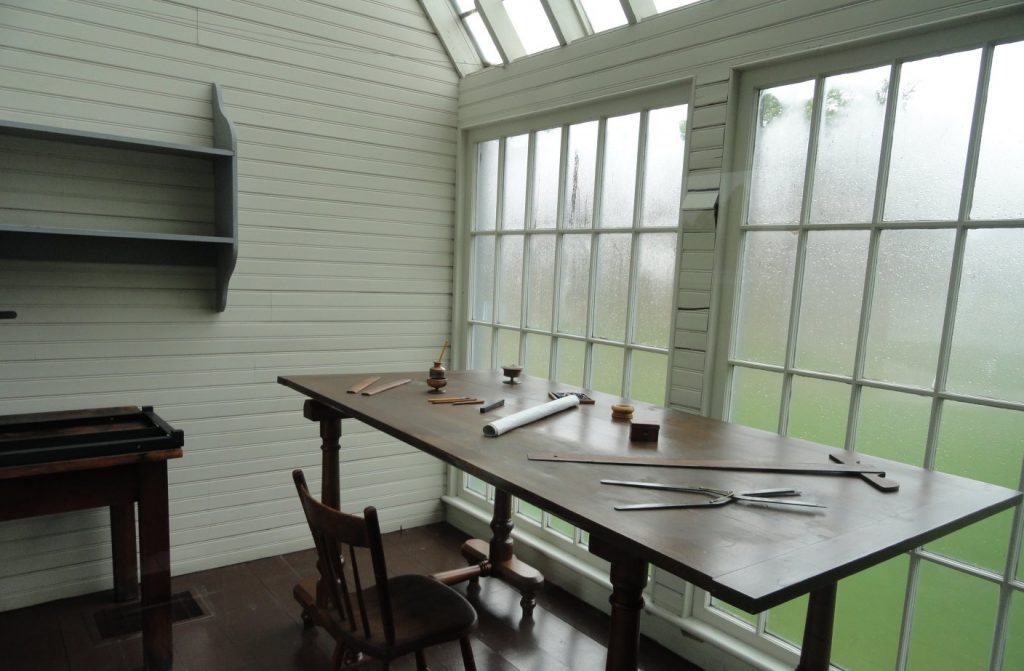
Edison had all the attributes of the person who accomplishes great things and he came at the right time and place to do it.
The pictures show the Edison part of Greenfield Village. Henry Ford brought the whole complex from Menlo Park, NJ.

The top picture shows Edison himself as a young man. The chair in the next picture is Edison’s thinking chair. He sat in the middle of his lab and spewed ideas. Ford brought it to Greenfield Village and restored the lab around it. He invited Edison, then an old man in 1929 to visit. Edison sat in it one last time. Ford ordered the chair nailed to the floor and, according to the staff, nobody has even sat in it since. Notice the floor is different under the chair. They had to change the floor, but they kept the original under the chair.
The next picture is Edison’s foreman’s office. This is the guy who managed the production of ideas.
The old guy is yelling into the phonograph Edison created. It is an original and still works. The sound is graphed on tin foil. It is not great sound quality, but it is sound.
the bottom is a replica of the light bulb. It doesn’t throw much light. You notice from the other pictures that they still need a lot of natural light.
